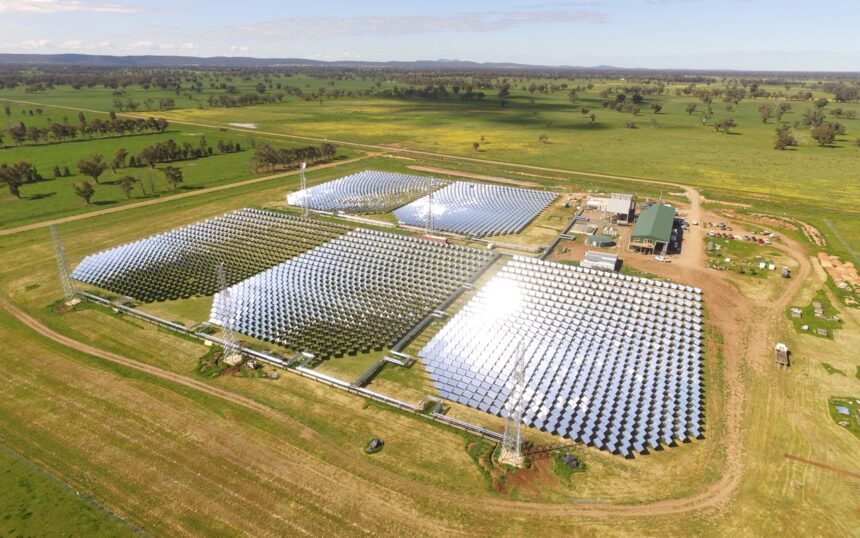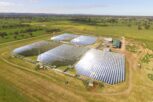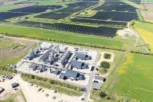Vast Energy advances world’s-first solar-powered green methanol

Methanol has the lowest emissions of all the hydrocarbons. Using concentrated solar thermal energy to heat the thermochemistry to make it (instead of burning a fossil fuel to supply heat) and sourcing the input carbon from green sources would mean the global shipping industry could become carbon neutral.
The award-winning Australian company Vast Energy is the first solar thermal company to get close to building a green methanol demonstration project. Powered by Vast’s co-located utility-scale solar thermal project, VS1, it’s South Australian Solar Fuels (SASF) would have the capacity to produce 7,500 tons of green methanol annually.
Vast has just received $180 million from ARENA, around half the total needed to build VS1. Vast was also recently awarded a $700k grant from the Australia-Singapore Low Emissions Technologies (ASLET) initiative to continue development of the green fuels plant at its Port Augusta site. SolarPACES talked with CEO Craig Wood yesterday afternoon.
SK: How do you make methanol using solar heat?
CW: Our project is about demonstrating that the economics of green methanol, when powered by solar thermal, are compelling. The two projects in Port Augusta, the concentrated solar thermal plant and the green methanol plant it will power, are commercial reference projects. People can visit and get confidence that it is working and that it is low risk because it has already been done. That is the whole purpose of Port Augusta. The expectation is that once they’re up and working, things become significantly more straightforward to get over the line because you’ve got those reference sites that people can come and visit.
CW: How you make methanol is not a secret. Currently, it is produced primarily using natural gas as a feedstock for carbon and to heat the thermochemistry. But we are just taking hydrogen from splitting water to create hydrogen and then combining that with biogenic carbon dioxide in methylation and distillation processes. So, what we are doing in terms of actual methanol synthesis is not particularly revolutionary. We are using existing technologies but taking advantage of the cheap green heat that Vast’s technology produces and the abundant renewable electricity available in South Australia to create cheap green methanol.
SK: How did you come up with the idea of using your proposed concentrated solar thermal plant to make green methanol?
CW: How you make methanol is not a secret. Currently, it is produced primarily using natural gas as a feedstock for carbon and to heat the thermochemistry. But we are just taking hydrogen from splitting water to create hydrogen and then combining that with biogenic carbon dioxide in methylation and distillation processes. So, what we are doing in terms of actual methanol synthesis is not particularly revolutionary. We are using existing technologies but taking advantage of the cheap green heat that Vast’s technology produces and the abundant renewable electricity available in South Australia to create cheap green methanol.




